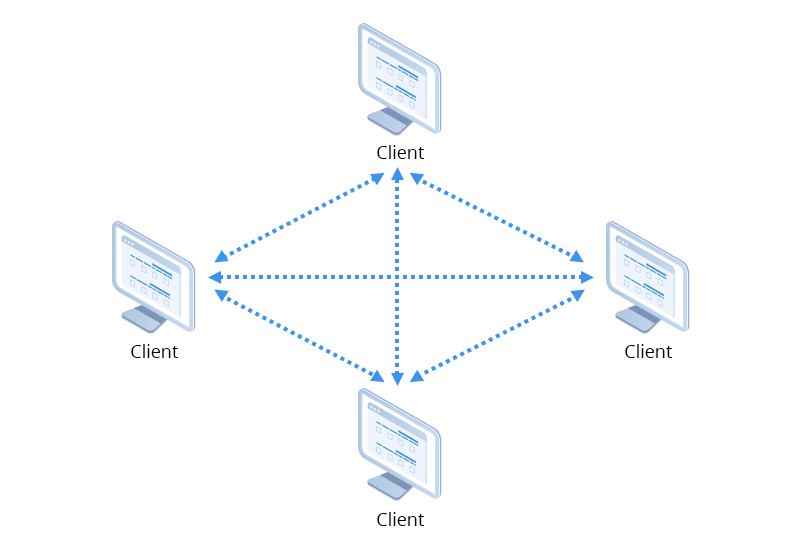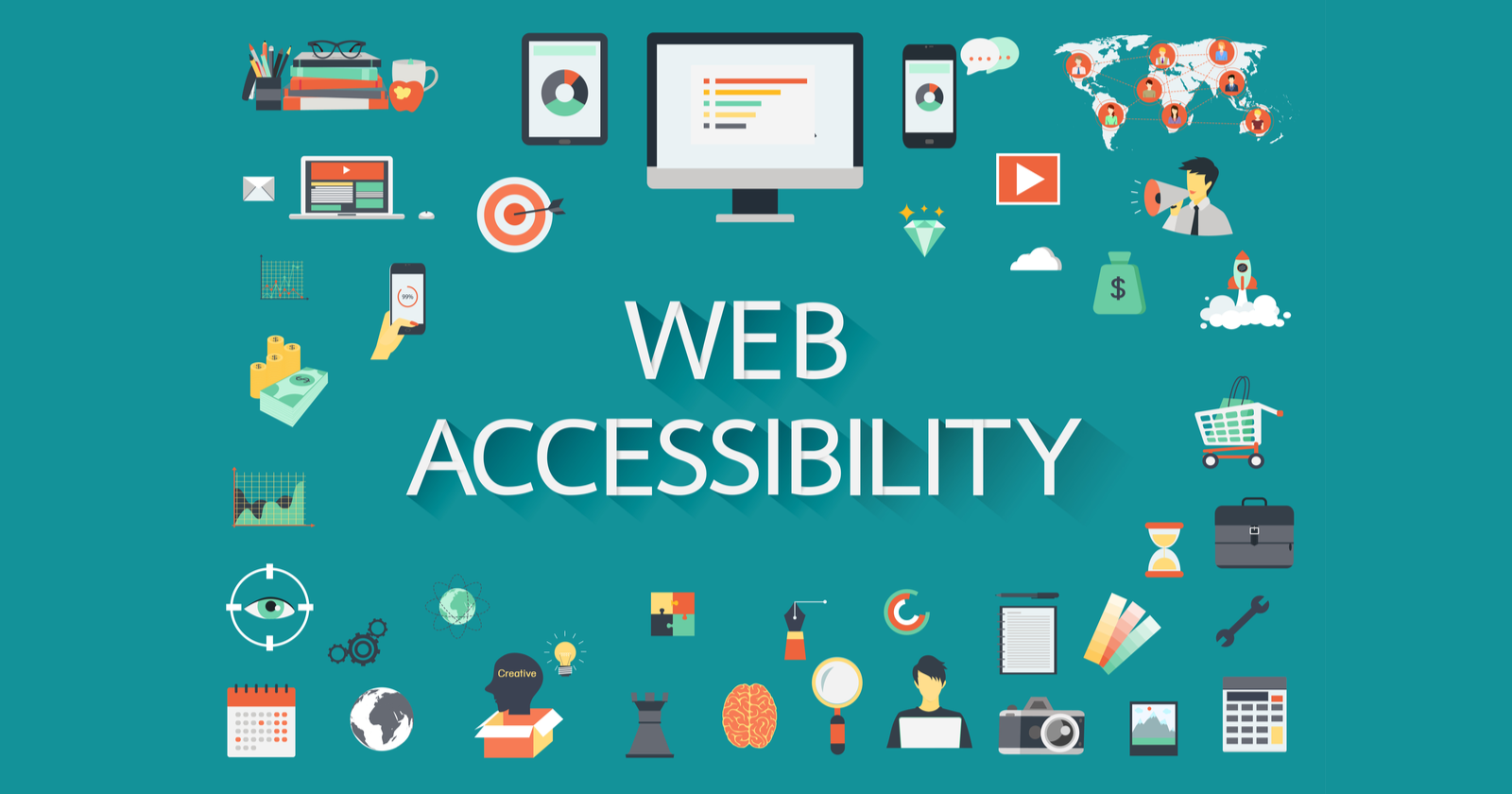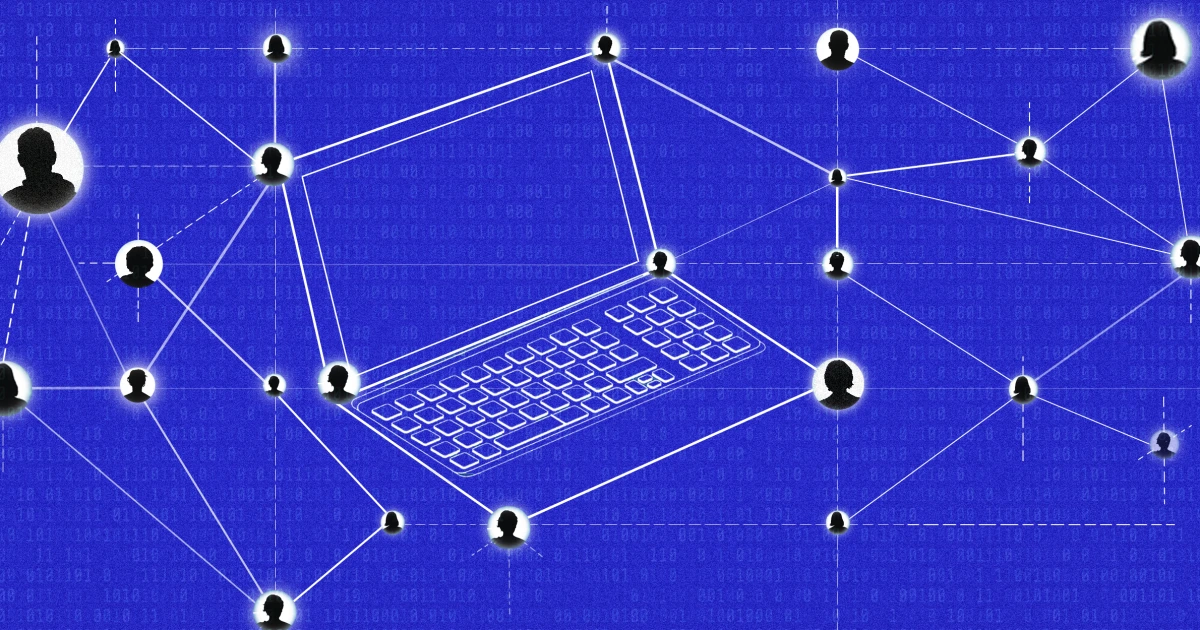justineanweiler.com – Peer-to-Peer (P2P) networking is a distributed network architecture where each device, referred to as a “peer,” functions both as a client and a server. Unlike traditional client-server networks, which rely on centralized servers to manage and distribute data, P2P networks allow direct communication and resource sharing among peers. This decentralized approach has revolutionized various applications, from file sharing to cryptocurrency, and continues to evolve with advancements in technology.
How Peer-to-Peer Networking Works
In a P2P network, each peer acts as an equal participant. This means that every device can:
- Request data from other peers.
- Share its resources (such as files, bandwidth, or processing power) with others.
To establish a P2P connection:
- Network Discovery: Peers locate each other using methods such as IP address lookup, trackers, or Distributed Hash Tables (DHTs).
- Data Exchange: Once connected, peers can directly exchange data without intermediaries.
- Resource Distribution: The network balances resource sharing, ensuring no single device becomes a bottleneck.
Types of P2P Networks
- Structured P2P Networks:
- Use organized systems like Distributed Hash Tables (DHT) to locate peers and resources.
- Example: BitTorrent.
- Unstructured P2P Networks:
- Peers connect in an ad hoc manner without predefined organization.
- Example: Older file-sharing networks like Napster and Gnutella.
- Hybrid P2P Networks:
- Combine elements of P2P and client-server models, often using central servers for peer discovery but direct peer communication for data exchange.
- Example: Skype (before transitioning to a cloud model).
Advantages of P2P Networking
- Decentralization:
- Eliminates the need for central servers, reducing dependency and vulnerability to single points of failure.
- Scalability:
- As more peers join, the network’s resources and capacity grow proportionally.
- Cost-Effectiveness:
- Distributes the workload across multiple devices, reducing the infrastructure costs typically associated with centralized systems.
- Resilience:
- A decentralized system is more resistant to attacks or disruptions, as no single server controls the entire network.
Challenges of P2P Networking
- Security Risks:
- Decentralized networks can be harder to secure, making them susceptible to malware, unauthorized access, and data breaches.
- Resource Inequality:
- Some peers may contribute less while consuming more resources, leading to an imbalance.
- Legal Concerns:
- P2P networks are often associated with copyright infringement and illegal file sharing, leading to scrutiny and regulation.
- Network Performance:
- Without centralized optimization, P2P networks may experience slower speeds or inefficient resource usage, especially if peers are unreliable.
Applications of Peer-to-Peer Networking
- File Sharing:
- P2P networks gained popularity through file-sharing platforms like Napster, LimeWire, and BitTorrent.
- Cryptocurrencies:
- Cryptocurrencies like Bitcoin operate on decentralized P2P networks, ensuring transparent and secure transactions.
- Distributed Computing:
- Projects like [email protected] use P2P models to harness unused processing power from participants worldwide for research.
- Communication Tools:
- Early versions of Skype and other messaging platforms relied on P2P to enable direct communication between users.
- Decentralized Applications (DApps):
- Built on blockchain technology, DApps utilize P2P principles to provide services without central authority.
The Future of P2P Networking
The potential of P2P networking is expanding with innovations like blockchain and Web3. These technologies build upon P2P principles to create decentralized platforms for finance, storage, and governance. As concerns about data privacy, centralization, and censorship grow, P2P networks offer a promising alternative for creating open and resilient systems.
However, achieving widespread adoption requires addressing challenges like security, legal compliance, and performance optimization. With ongoing research and development, P2P networking is poised to play a critical role in shaping the internet’s future.
Conclusion
Peer-to-peer networking exemplifies the power of decentralization, enabling individuals to share resources and collaborate directly without intermediaries. Despite its challenges, P2P networks have transformed industries and introduced groundbreaking technologies. As the digital landscape continues to evolve, P2P networking will remain a cornerstone of innovation and connectivity.





